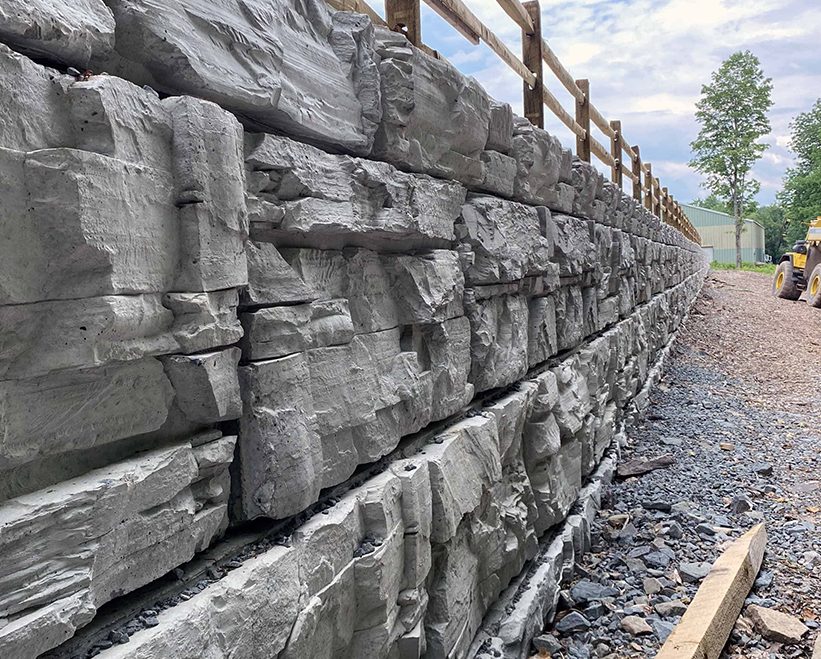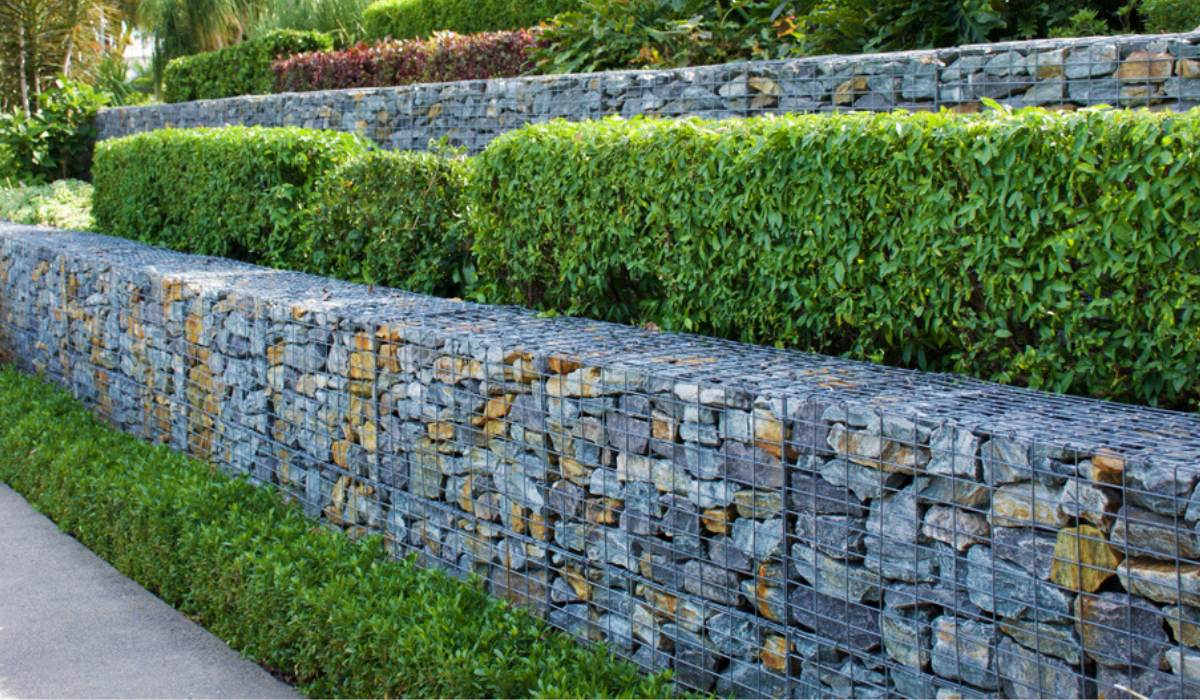The 13 Best Pinterest Boards for Learning About SA

Content
- Popular Types of Wood used in the Construction Industry - FLETCHERS RETAINING WALLS
- Why You Should Consider A Two-In-One Landscape Design - RETAINING WALLS ADELAIDE
- View Our Retaining Wall Inspiration Gallery - SA
- Retaining Walls Provide Stability - RETAINING WALLS ADELAIDE
- Retaining Walls - FLETCHERS RETAINING WALLS
Popular Types of Wood used in the Construction Industry - FLETCHERS RETAINING WALLS
Keeping walls are frameworks built to keep back soil, rock, or various other materials and also avoid them from deteriorating or breaking down. They are commonly utilized in landscape design as well as construction to produce level areas, protect against landslides, as well as give stability to sloping surface. Retaining wall surfaces can be made of different products, such as concrete, stone, block, or timber, as well as can be found in different design and styles. In this article, we will review the benefits of maintaining wall surfaces, the different kinds of retaining walls, and also the factors to think about when constructing a keeping wall surface. Advantages of Keeping Wall surfaces: Preserving walls supply several benefits, consisting of: Protect against soil erosion: Maintaining wall surfaces hold back soil as well as stop it from eroding or collapsing, which can secure the surrounding setting and avoid damages to home. Develop degree areas: Keeping wall surfaces can be made use of to develop level areas on sloping terrain, supplying added usable area for landscape design or construction.
Improve landscape design: Maintaining wall surfaces can include aesthetic interest and dimension to a landscape, producing chances for growing or attractive attributes. Reduce maintenance: Maintaining wall surfaces can help in reducing upkeep by protecting against dirt erosion and protecting the surrounding landscape from damage. Offer stability: Keeping walls can offer security to sloping surface, stopping landslides or various other dirt motions that can be hazardous or devastating. Sorts Of Preserving Wall Surfaces: There are numerous sorts of maintaining wall surfaces, each with its one-of-a-kind attributes and also advantages. The most typical types of keeping walls are: Gravity Keeping Walls: Gravity retaining wall surfaces rely on their weight and also the weight of the product they keep back to supply stability. They are made from heavy materials, such as concrete, rock, or block, as well as are normally broader at the base than on top to offer additional stability.
- Second, erosion can present safety concerns on steep slopes where rushing water may actually impede traffic or even destroy the land.
- A retaining wall can designate a shift of function within an outdoor feature such as a patio.
- By using a retaining wall near a border or slope, you provide leveled surfaces on inclined planes.
- Well-designed brick retaining wall can serve dual purpose – it can provide an outer shelf for plants and can also be utilized for picnic supplies or yard games.
- Such walls intensify an aesthetic appeal to the structure and its surrounding.
- Erosion is particularly concerning in areas without trees or shrubs extending their roots into the soil.
- Depending on the slope and grade of a landscape, water may pool and even flood certain areas.
- This makes retaining walls all the more important, especially if your landscape does not feature a lot of trees and shrubs to hold the soil in place.
- Regardless of materials, retaining walls achieve the result of creating terracing in a sloped area and holding soil in place.
- There are a number of benefits to having a retaining wall, ranging from reducing soil erosion to increasing your property value.
- We are a local and family-owned landscaping company offering a variety of landscape services, from new installations and complete renovations, to simple improvements.
- We have the resources, experience, and expertise to help you create and maintain your property in excellent condition.

Cantilever Retaining Walls: Cantilever retaining wall surfaces make use of a strengthened concrete slab or beam to keep back the product they sustain. They are created to transfer the weight of the material to a solid ground, developing a counterbalance to the product's weight. Sheet Stack Maintaining Walls: Sheet pile retaining wall surfaces make use of interlacing steel, concrete, or wood sheets to hold back the product they sustain. They are commonly utilized in areas with minimal room or where excavation is tough. Anchored Retaining Wall Surfaces: Secured keeping walls make use of wires or rods anchored to the product they sustain to offer additional security. They are normally utilized in areas with high dirt pressure or where the material being sustained is especially heavy.
View Our Retaining Wall Inspiration Gallery - RETAINING WALLS ADELAIDE
Variables to Think About When Building a Retaining Wall: When constructing a maintaining wall, numerous aspects need to be taken into consideration to ensure its stability as well as longevity. One of the most crucial elements to take into consideration consist of: Soil Problems: The soil problems, such as the type of dirt, wetness material, and dirt pressure, can influence the design and also building of a preserving wall surface. The soil must be tested prior to construction to make certain that the keeping wall surface is built to hold up against the pressure and also weight of the material being kept back. Drainage: Appropriate drainage is important to prevent water from collecting behind the retaining wall, which can create it to fail. A water drainage system, such as a perforated pipe, must be mounted to allow water to move freely away from the preserving wall.

Height: The elevation of the retaining wall surface is a vital element to think about, as taller wall surfaces require even more significant construction as well as added reinforcement to avoid failing. A qualified engineer must be consulted when developing a maintaining wall surface over four feet tall. Material: The product made use of to construct the keeping wall surface can influence its security, sturdiness, and also look. The product ought to be selected based upon the setting, the product being kept back, and also the wanted visual. Design: The design of the retaining wall should consider the surrounding atmosphere. Stop Dirt Disintegration: One of the main benefits of maintaining wall surfaces is their capability to avoid dirt erosion. They hold back soil as well as avoid it from wearing down or breaking down, which can safeguard the surrounding atmosphere as well as avoid damage to home. Maintaining walls likewise avoid water runoff from washing away the dirt, which can create considerable damages Get More Info to the landscape. Produce Usable Space: Retaining wall surfaces can develop extra functional space on sloping terrain. They can be made use of to level out a sloping backyard, producing a flat area for exterior tasks such as barbeques, outside dining, or horticulture. Preserving wall surfaces can likewise be used to develop terraced yards or to support a patio or deck, providing added area for relaxation and amusement.